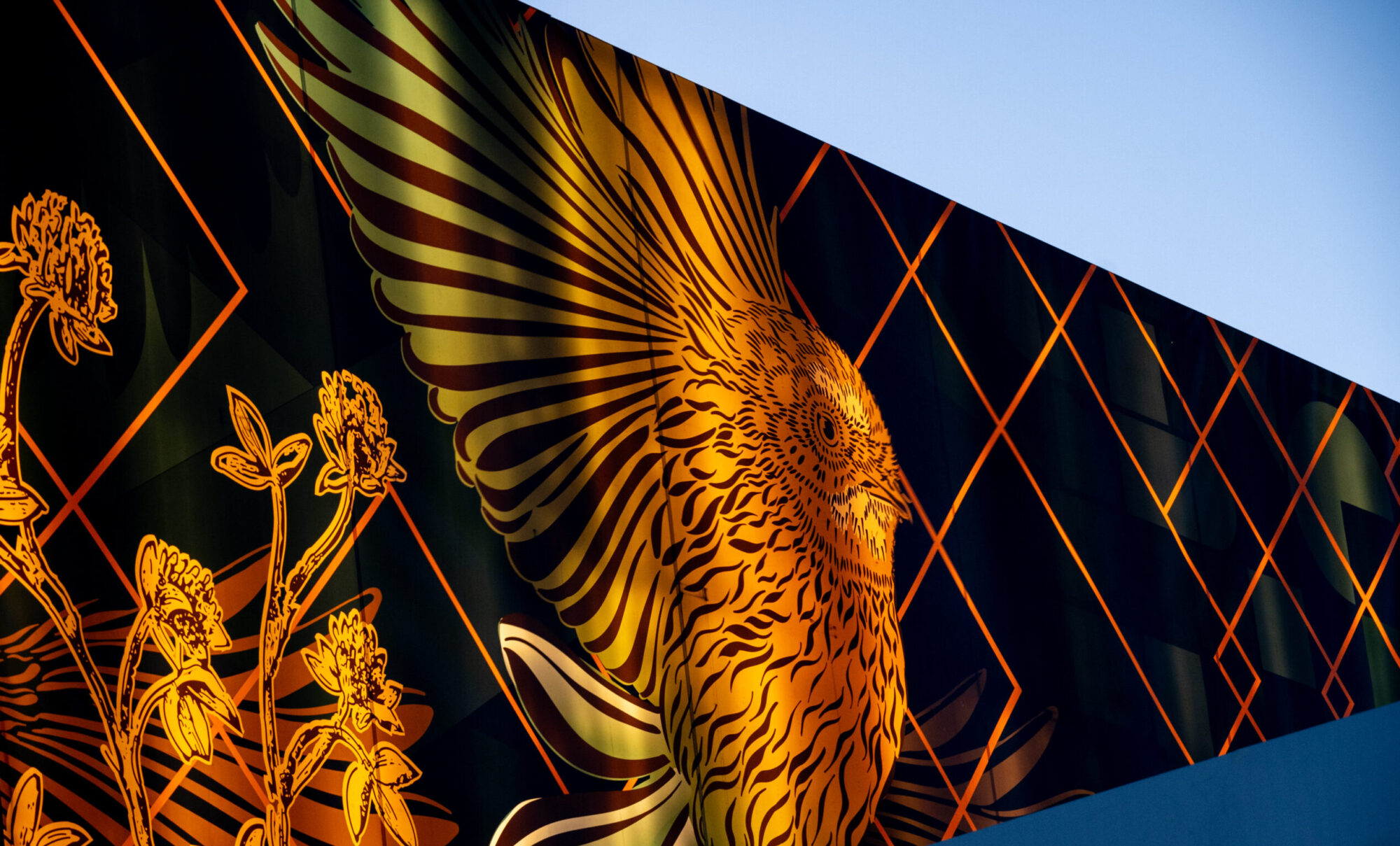Ownership of the Source
The musicologist Giuseppe Baini (1775-1844), below, bequeathed the Chansonnier from Ferrara to the Biblioteca Casanatense. It is from this Institution that the manuscript gained its sigla: RomeC 2856.

This library was founded in 1701 by Cardinal Girolamo Casanata (1620-1700), below, and can now be found in the Via Sant’Ignazio.

Earlier the manuscript was owned by Giuseppe Ottavio Pitino (1657-1743), below, who was director of the Cappella Giulia- the choir of St. Peter’s Basilica, Vatican City.

Moving further back in time, on October 27, 1597, the second Alfonso Duke of Ferrara died. He left no heirs and thus is cousin Cesare d’Este (1562-1628), below, took on the mantle of rule.

His rule of Ferrara was not recognised by the Papacy. Cesare d’Este rode out of the city gates for the last time during January 1598. This somber event marked the end of Estensi rule of Ferrara which had continued uninterrupted since the early decades of the thirteenth century. The cessation of Estensi rule was without doubt the intended consequence of papal desire, initiated by Pope Julius II and concluded by Clement VIII, to have the Duchy of Ferrara incorporated into the Papal States – and thus provide a buffer zone against the ever territorially ambitious Venetians and their lax attitude towards Papal authority.
Cesare took with him to Modena, which he entered 30th January 1598, prized and valuable possessions including the Estensi library that had been established in 1440s by Leonello, thirteenth Marquis of Ferrara. Included in this collection were fifteen music manuscripts. The book of songs, however, was not one of them. We might thus conclude that the Chansonnier was not in Ferrara in 1597.
Source Attributes
As RomeC 2856 is now preserved, it consists of 163 folios. These measure 270×202 mm. and are organised mainly in quinterns. Folios are drawn up with a standard set of seven staves per page. For 3-voice songs, facing pages transmit the whole of the discantus and part of the contratenor or bassus on the verso (left) side and the whole of the tenor and remainder of the contratenor or bassus on the recto (right) side. Throughout the source a drawing points from the lower staves on the verso side to the lower recto staves.
Performance from the Source
Other than chanson titles which always appear for the uppermost voice and often for the lower voices, the Source is un-texted. Almost certainly, therefore, instrumental ensembles would gave been used for performance. Below is the well-know image, Cencerto, possibly painted in Ferrara around 1485-95 by either Lorenzo Costa or Ercole de’ Roberti.

Ferrara was a principle centre of both dance and instrumental music during the second half of the Quattrocento. Musician payments record the presence of instrumentalists at the Ferrarese court as early as 1377 but with notable increases in personnel during the rules of Niccoló III and his three sons, Leonello, Borso and Ercole I. From 1441 there was a steady increase in instrumental performers with bowed, plucked and blown instruments being represented .
